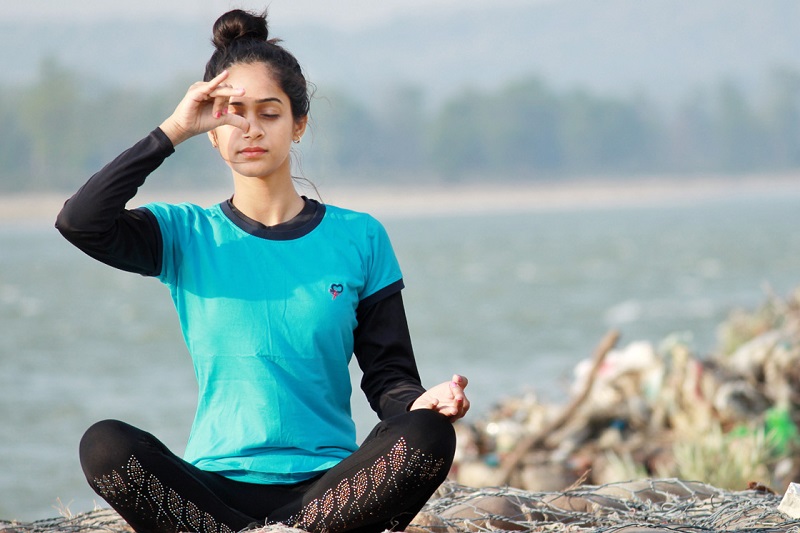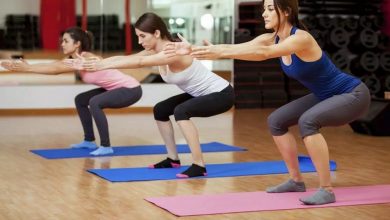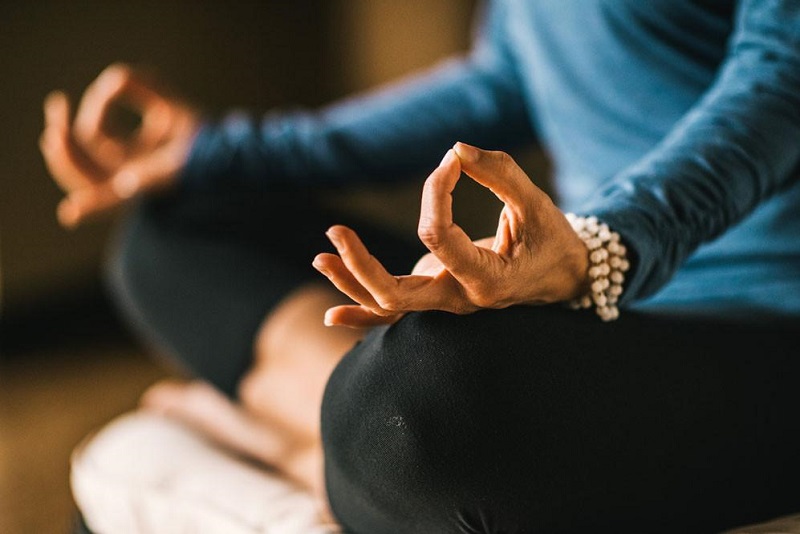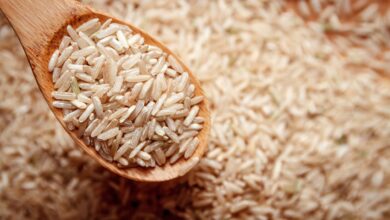Pranayama benefits: controlling the breath

The action of breathing corresponds to circulating the air to maintain life. This is probably the most trivial concept. However, from that of India, they teach us through some techniques that breathing acquires another dimension that drags the physical, the mental and the spiritual of life. This is summarized in that “breathing is the vital function par excellence.” In this article, we will talk about Pranayama, a wonderful technique that offers you the valuable opportunity to raise your quality of life by controlling your breathing.
What are the pranayama benefits?
Pranayama comes from the Sanskrit Prana (the breath and basic energy of existence) and Yama (control), which controls and expands the primary energy through our bodies, psyche, and soul.
The Greeks considered the breath as the mediator of the soul and the body. In India, it is considered the main spiritual technique called “the wisdom of breathing,” so for these cultures, the air has been for centuries and is currently an essential source of energy. This is how through their teachings, they show us that it is possible to considerably increase our energy if we breathe correctly. Since the 15th century, texts such as the Hatha Yoga Pradipika have been known that speak of pranayama techniques as healing methods.
Initiation into Pranayama
The biggest problem encountered in yoga beginners is the tendency to push themselves beyond their limits. These exercises should be done in a way that is pleasant for those who practice them. Therefore, it is essential to learn to know your own limits. For this, there are a series of general principles that must be fulfilled when carrying out the practice of Pranayama. These are:
- The exercises should not be repeated too frequently.
- They should not be done mechanically.
- There should be no rush or rush.
- Attention should be focused on the exercise while it is being carried out.
- There should always be variety and change of posture in the exercises.
- Exercises should always be done subtly.
- Breathing should not be uneven or irregular, but rather smooth, constant and continuous.
- The spine must always be straight to allow full expansion of the thorax.
The practice of Pranayama step by step
1 – Observe natural respiration:
This simple, unmodified observation of the breath is the original means by which physical and mental relaxation is achieved. Without the perfection of this technique, the yoga nigraha prana exercises will not give positive results.
Introducing a natural breath count amplifies the effects of this observation by focusing the mind on a longer time. On the other hand, repeating “I know that I breathe” during inspiration and “I know that I breathe” during exhalation increases awareness. This particular attribute is an indispensable element in any pranayama.
2 – Experience the mental aspect of breathing:
This step is essential for a proper understanding of Pranayama and obtaining sustainable and conclusive effects on our state. To enter the psychic dimension of breath, the practitioner is required to consciously associate the flow of air with some area, such as along the nose, throat, or stomach. Spontaneous breathing takes on a different character and internalization becomes very easy. It is then that the prana that is perceived instead of the breath is purely physical.
3 – Cleaning the nose to clear the nasal passages:
Kapalabhati (cleaning breathing): It is a breathing technique used specifically for cleaning, mainly for those cases where there may be an accumulation of fluids obstructing the airways or tension and blockages in the chest. Then it is necessary to perform this step before starting Pranayama. During Kapalabhati, the breath is short, fast, and strong; We use the lungs as a pump, creating so much pressure to expel the air and remove all the waste from the lungs through the nostrils.
4 – Slow breathing:
The complete yogic breath is vertical and horizontal; To carry it out, the abdominal phase must be promoted and work on awareness, rehabilitation and functioning of the diaphragm, the latter being the wall that separates the thorax from the abdomen and which plays a fundamental role in yoga breathing.
It all comes down to inspiration, whereby the lungs will be allowed to fill with air and push the belly forward until the abdomen is sufficiently free. In the end, it is passed under the ribs to expel the air. Diaphragmatic breathing is often scant or non-existent while promoting relaxation and respiratory efficiency. It is impossible to act directly on the diaphragm since it is made up of smooth muscle, but by perceiving its movements, we can amplify it considerably.
After filling the lower part of the lungs by a sharp movement of the diaphragm, the middle and upper parts of the lungs can be filled through the ribs. The clavicular phase must also be managed with care, as significant stresses often arise from inspired air.
In this complete yogic breathing, the equality of inhalation and exhalation is an essential part because it is what allows balancing vitality and relaxation. For this, it is necessary to have a stable rhythm of Oms sounds.
5 – Ujjayi, the sound of breathing:
This is slight friction generated by a small contraction in the front part of the neck, causing a partial closure of the glottis. Often accompanies pranayama exercises as it promotes reflection of the mind. The sound that comes out should be similar to the soft snoring of a sleeping baby. It means that the practice is being done by force or lack of introversion if it is too strong.
With the complete breath, Ujjayi transforms into more subtle pranayama, especially if the attention is paid to the noise in the throat due to the friction of the air. This practice called ujjayi Pranayama is widely used in yoga therapy. It is also used in yoga, such as asanas, mantra yoga, meditation, kundalini yoga and kriya.




